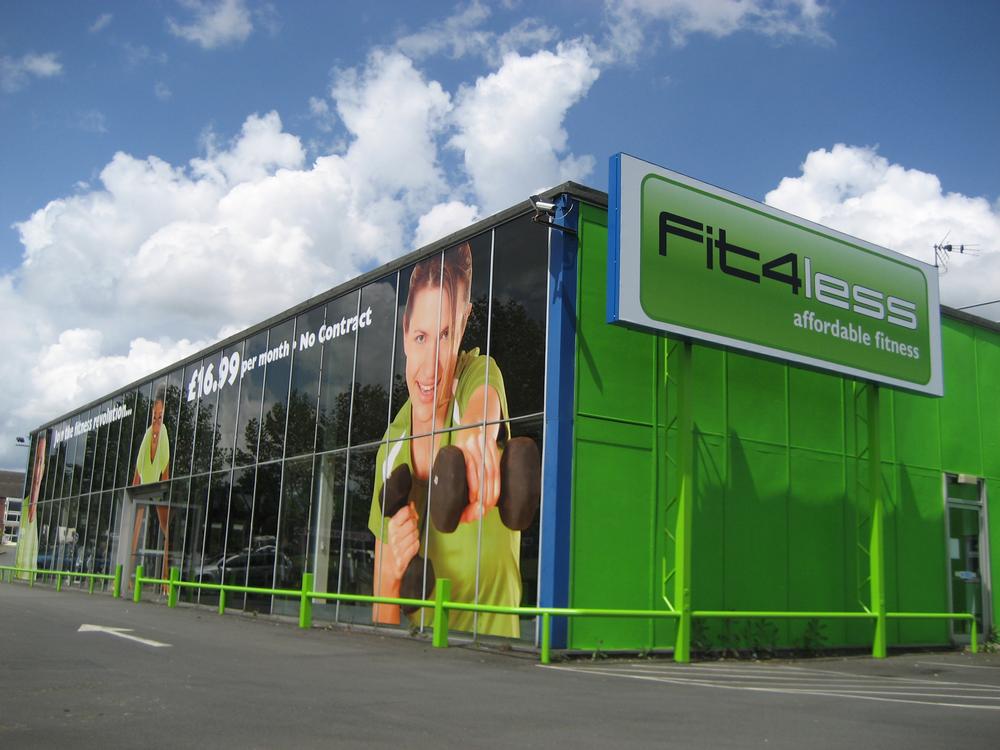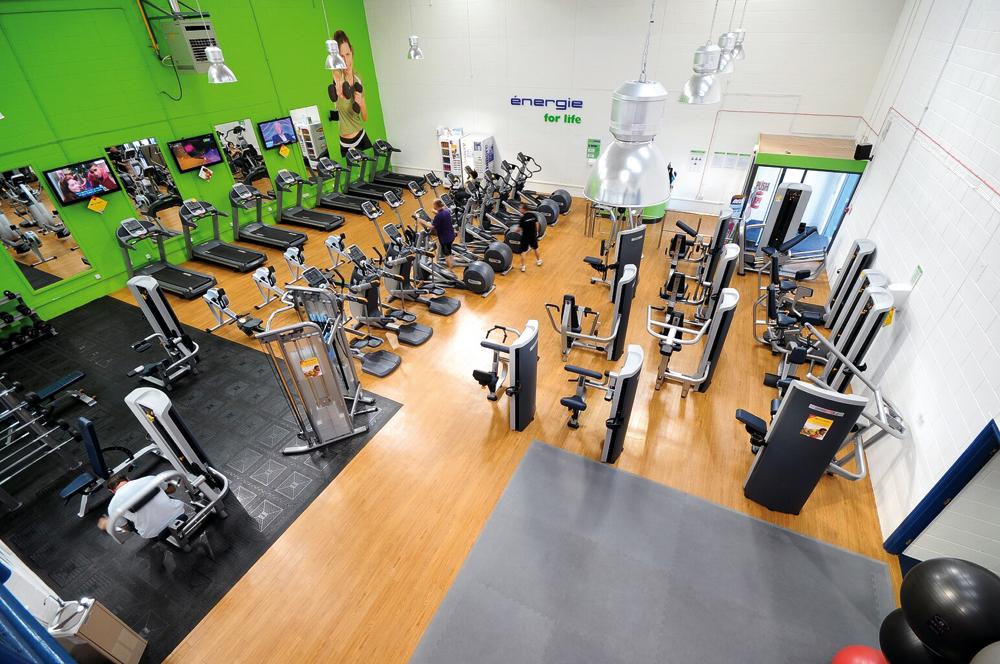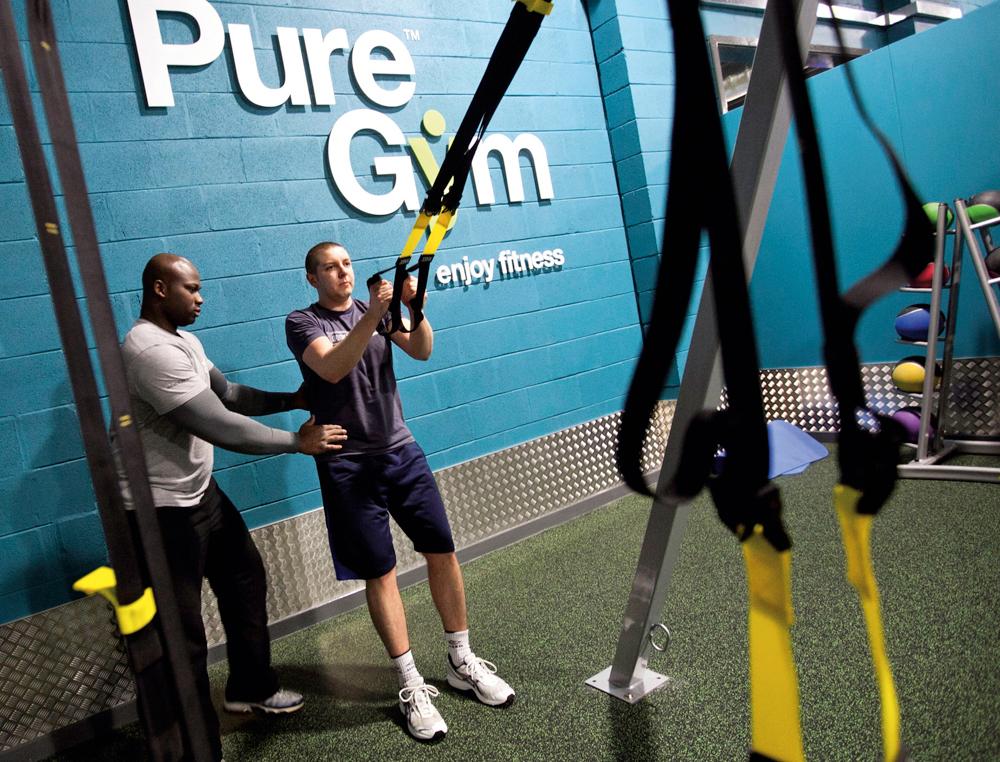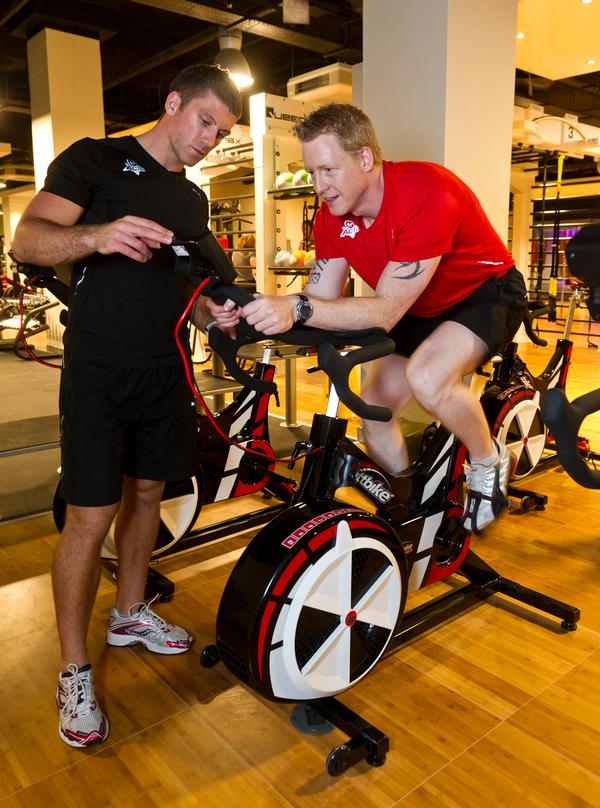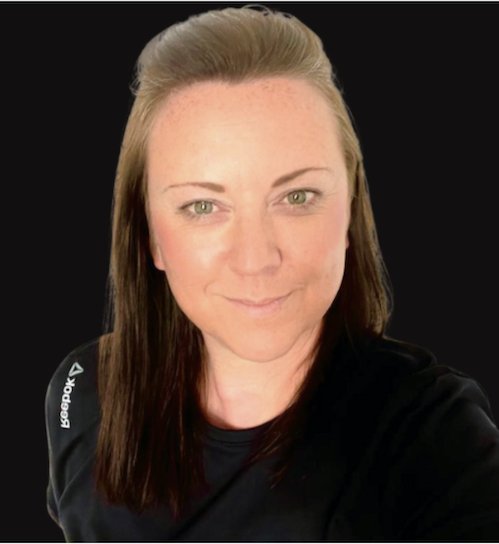Early last year, news that the énergie Group was looking to float on the London market brought back fond memories of a segment of the leisure industry that was once the darling of the stock market. At one point, there were almost a dozen listed companies that were either pure health and fitness club operators, or broader leisure companies with a significant presence in the fitness industry. Today, with the exception of a few hotel groups, there is no listed health and fitness presence in the UK. So what went wrong?
A move to private equity
Every company has a different tale to tell, but there are common themes. The explosion of health and fitness clubs onto the stock market gave operators access to capital that they had never really had in terms of scale and cost. This, in turn, drove a land grab in what was still a relatively immature market. A combination of increased competition and quality control failure as far as property was concerned meant that returns started to decline and profit targets were missed. Operators began to fall out of love with the quoted market, and investors began to fall out of love with the fitness industry.
For the larger groups such as Cannons, Esporta, Fitness First, Holmes Place and LA Fitness, the answer appeared to be private equity. The belief was that the stock market was far too short-term, and that private equity had a greater appreciation of the fitness industry’s long-term potential. However, we believe that for some operators this was more a case of looking for somebody to blame, rather than appreciating that the market was a very different place from what it was in the 1980s and early 1990s: the trading climate was changing, competition was increasing, clubs could no longer charge the same level of joining fees, rents were going up, and these pressures were not temporary. Private equity in some cases worked, but in others all it did was overburden companies with debt – a situation exacerbated by the credit crisis.
It is perhaps no coincidence that Esporta and Holmes Place have been subsumed by Virgin Active – the one group that didn’t indulge in the land grab 10–15 years ago, and that wasn’t quoted on the market.
Budget potential
So, more than a decade on from the heyday of the quoted health and fitness sector, how likely are we ever to see a listed operator again?
This was no doubt the question asked by énergie CEO Jan Spaticchia when he looked to IPO énergie earlier this year. Given that énergie ultimately withdrew from its prospective IPO, the answer would appear to be ‘never’. However, we believe that this needn’t be the case.
While not wishing to focus too much on énergie, the reality was that stock market sentiment deteriorated just at the time it was looking to float. At the same time, the company’s size restricted the potential investor base. Furthermore, énergie is not straightforward, as it’s a combination of franchised and owned health and fitness clubs. Therefore, we don’t necessarily view énergie’s experience as an indication of the market’s willingness to re-embrace the health and fitness sector.
The segment of the health and fitness club industry making the most noise at the moment is the budget sector. In our opinion, there has always been good latent demand for a truly budget offering in the UK. The problem was the availability of the right property at the right price. One of the few positives to come out of the recession and credit crunch is the increased availability of property at reasonable rents. This has enabled those companies with access to capital to accelerate the development of their estates. In turn, this has helped improve their respective covenants.
The Gym Group and Pure Gym have been major beneficiaries of this dynamic. The challenge for both groups – and the other budget operators – will be to maintain their discipline as far as property is concerned. They need to avoid the mistakes the industry made in the past – ie don’t overpay for rents and don’t compromise on property. It doesn’t matter how good the offering is, if the rent is wrong and/or the location is wrong, the financial model collapses. Whether for private equity or quoted market investors, this will be a particular concern. Nevertheless, if budget operators can convince the investment community their approach is disciplined, then the latter should be interested in a segment of the market that appears to offer significant growth potential.
A resilient sector
But is there life beyond the budget operators in the health club sector?
One of the major attractions of the industry back in the 1990s was its growth potential. With the exception of the budget sector, over the past few years, industry growth has been pedestrian. However, given the state of the economy and the unhelpful advice of many newspapers, which advised people to dump their gym membership when the recession hit, the industry has performed relatively well. Indeed, this addresses one of the major concerns prior to entering the recession: that membership would collapse when consumers came under real economic pressure. This clearly hasn’t happened, and is in large part the result of hard work by operators, engaging more effectively with members and becoming more involved with the broader health debate, led by ukactive (formerly the FIA). For us, this is a demonstration that the industry’s quality of earnings is higher than many perceive it to be.
The success of Virgin Active also shows that it is not all about the budget sector. Indeed, Virgin Active is one of the success stories of the UK leisure industry over the past decade. CVC took a controlling interest in the company last year, but ultimately we see Virgin Active as an attractive IPO candidate.
For a number of the larger operators, the path to the stock market or new investment is made more difficult because of their capital structures and property hangovers from yesteryear, rather than the prospects for the industry in general. In some circumstances, this is also compounded by shareholders being unwilling or unable to take a loss on their original investment. There has already been some major merger and acquisition activity in the industry and there may be more to come – ultimately this could end in a stock market IPO.
We don’t believe the quoted equity market is permanently shut to the health and fitness industry. Indeed, with the number of quoted leisure companies having more than halved since 2000, there is a shortage of quality listed investment opportunities. However, a stock market flotation is a long way from being the default next step for operators, as it was around 15 years ago, and we doubt we will ever see a dozen listed health and fitness operators again.









